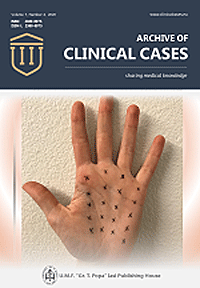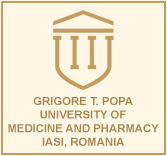Poststreptococcal acute diffuse proliferative glomerulonephritis
Acute postinfectious (poststreptococcal) diffuse proliferative glomerulonephritis is a primary glomerulonephritis, which produces nephritic syndrome (hematuria, oliguria, uremia, hypertension and mild proteinuria).
- "Acute" - because it occurs 2 weeks after a streptococcal (group A beta-hemolytic) pharyngitis. It becomes chronic only in 10 - 15 % of cases, especially in adults.
- "Diffuse" - because almost all the glomeruli are affected (about 80 %).
- "Proliferative" - due to proliferation of endothelial cells and mesangial cells.
The mechanism of poststreptococcal acute diffuse proliferative glomerulonephritis is immune : granular deposits of IgG and C3 ("humps") on the external (subepithelial) side of the basement glomerular membrane. These humps can be seen in electron microscopy and immunofluorescence microscopy.

Acute postinfectious diffuse proliferative glomerulonephritis. Almost all glomeruli are enlarged (hypercellular) due to proliferation of endothelial cells and mesangial cells, swelling of endothelial cells and inflammatory infiltrate (neutrophils and monocytes). This will result in compression of capillaries and Bowman space, which is reduced in size. Initially, tubules are not affected, but with evolution, they may present hydropic change. (H&E, ob. x10)


